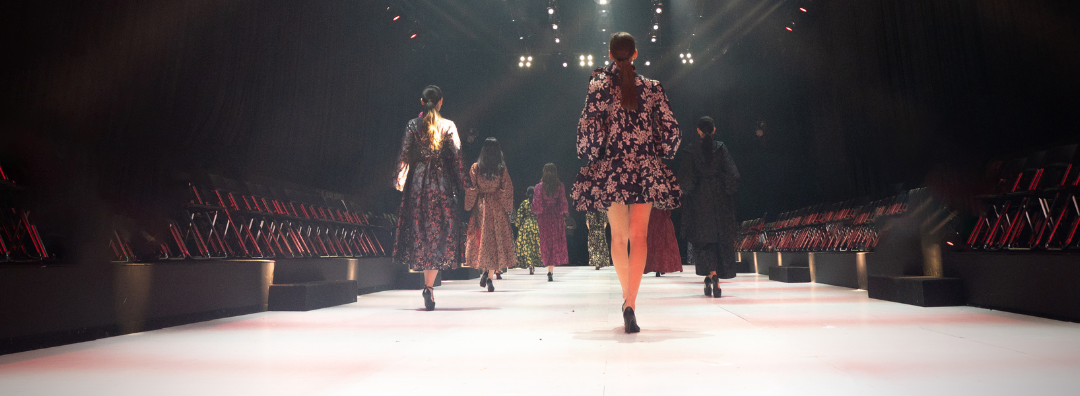
I am not a fashion model. I am not tall enough and though I’m thin, I’m likely not thin enough by industry standards. That has always been my shape.
I am also not good at putting together fashionable outfits. I don’t care for shopping and if you shop for me, I likely can’t put something wonderful together unless I happen to stumble upon it by accident. I can, however, repeat a happy accident.
BUT, as a child I knew none of these things and I would happily put together outfit after outfit and strut down the hallway in a fashion show for grandparents, aunts, uncles and anyone else who would watch me move with “grace” down the catwalk. At that time, I think I would have told you that I wanted to be a model.
What about now though? While, I surely don’t want to be a fashion model, I do still want to be a model. I want to model what good reading – and proper other things like manners and behavior – look like to my children. I want to be one of the people they look to when they want to learn how something is to be done.
What about you? Do you want to be a model?
Whether or not you answer that question with yes, if you have children you are a model. So what type of a model are you going to be? What are you going to show them?
We could take this in about a thousand philosophical directions but instead of doing that, today I just want to talk to you about modeling thinking while you are reading with your children. Our last couple of blog posts have been on the topic of metacognition – thinking about thinking – and this one goes hand in hand with those. Children while they naturally think, don’t naturally think about what they are thinking. And quite honestly, we don’t do a great job about thinking about what we are thinking even as adults. When we are mindful of our thoughts as we read, we can notice them and that is the first step in becoming a thoughtful reader – something that makes a world of difference in our understanding of the text and our world.
How can we help our children move toward this type of thoughtful experience? First, I recommend that you play the word association game you can find in our last blog post. Then after everyone realizes that their brain does do things in reaction to words, you should model what your brain is saying as you read aloud. For this, I recommend using a picture book even if your child is in middle school or high school. Why? Because picture books are short and modeling a book from start to finish can happen in one sitting.
Once you’ve found the book you’d like to read, find a cozy spot and start talking. Before you even open the book, talk about what you notice on the cover, what you think might happen in the book, anything that pops into your head. Then read the title and the author’s name. If this brings any other thoughts such as, “I used to read books by this author when I was a kid.” or “That’s hilarious!” share it with them. Maybe it reminds you of something else – talk about what that is.
Now, it is time to open the book. Read the first page and then repeat what you did on the cover. Is your brain taking a guess about what will happen next? That’s a prediction. Share it. Do you see something funny in the picture? Talk about it. Do the actions of one character make you think they may be a bully? Explain how your brain put that together. Maybe you wonder about something you read. Take the time to discuss that curiosity. Reading this book is going to be SLOW but that is okay. As both you and your child get better about thinking about thinking, these things smooth out and not everything needs shared but for now your goal is to help them see the abundance of thoughts that your brain is having in the course of a single page.
Have you exhausted the first page? Great, move to the next spread of pages and repeat the process. Repeat over and over and over until you’ve read the whole story. At the end, talk about how many thoughts your brain had during the course of the story. You don’t need an exact number here, you are going for the idea of A LOT.
Before I wrap up a modeling session like this, I like to remind my kids that their brains are always thinking and that their job is to listen to their thoughts. As we add comprehension strategies to our tool box, we’ll be better at sorting out the important thoughts from the less important thoughts. Right now, it is more important to listen to all the thoughts. Later we’ll get to the sorting phase.
So whether you have always wanted to be a model or not, for the sake of your children, you ought to be one.
Join us on the socials – Facebook, Instagram and Threads – and in our email list for more ways to help teach your students to think about what they are reading.

Trackbacks/Pingbacks